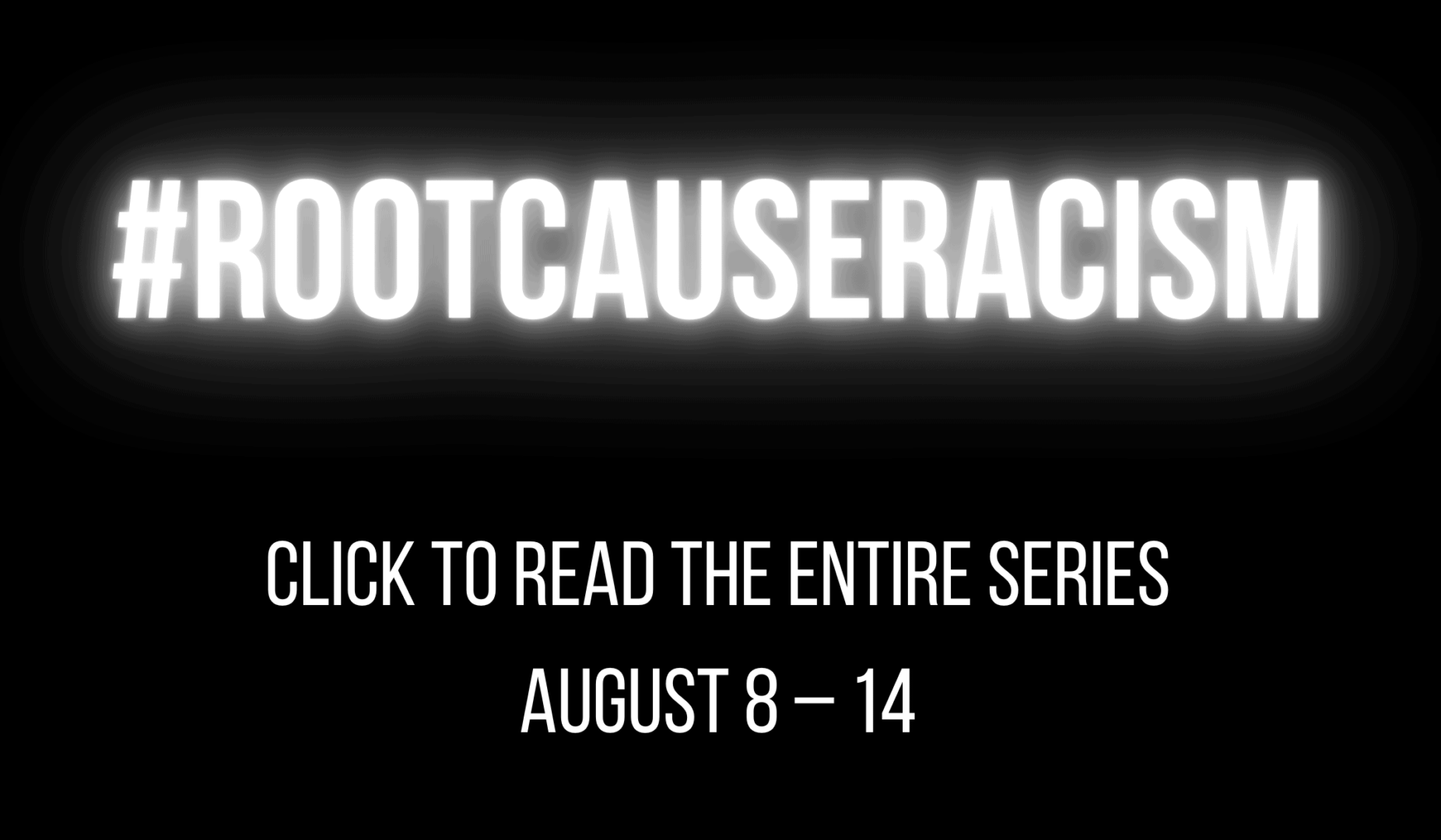
Are you a business or an institution that is ready to move beyond a nicely worded statement about diversity, equity and inclusion? Here are two compelling reasons why businesses should start moving beyond a statement:
1. Changing demographics will drive a need for change: The United States is projected to become majority-minority sometime between 2041 and 2046 (depending on the amount of net immigration into the U.S. over the next several years).
2. Companies perform better when they are inclusive. A 30% higher revenue per employee was generated by companies with inclusive talent practices.
These statistics and projections tell us that diversity is a fact and an advantage. However, diversity in the workplace does not always lead to inclusion and equity in the workplace. Unfamiliar with these terms?
Diversity includes all the ways in which people differ, encompassing the different characteristics that make one individual or group different from another.
Equity is the fair treatment, access, opportunity, and advancement for all people, while at the same time striving to identify and eliminate barriers that have prevented the full participation of some groups.
Inclusion is the act of creating environments in which any individual or group can be and feel welcomed, respected, supported, and valued to fully participate. An inclusive and welcoming climate embraces differences and offers respect in words and actions for all people.
Now, let's go further by talking about racism, discrimination, root causes and corrective actions.
Racism occurs when race plays a role in structuring socioeconomic disparities. Racism is a social construct that is linked to differential power relations. Racism can lead to discrimination – discrimination includes overt, intentional treatment, as well as inadvertent, subconscious treatment of individuals in ways that systemically differ so that minorities are treated worse than non-minorities.
When actions to address racism and discrimination in the workplace are solely focused on forced hiring and promotion without understanding why Blacks and other marginalized minorities are not adequately represented, these actions are doomed from the start.
So, how does a business or institution move beyond a statement to meaningful and sustainable actions?
In addition to voluntary training and reading books on culture and racism, consider a six sigma approach that examines the problem (or challenge) and root causes more deeply compared to a plan of simply diversifying the workforce.
With a six sigma approach, create a team that will:
1) Define – Define one problem.
Example: We are not retaining Black employees in exempt-level engineering positions in Indianapolis.
2) Measure – Use data from your company and other sources.
Example: Retention rates for Black engineers since 2010 has declined to 15% compared to non-Hispanic Whites which has stayed steady at 72% over the same time period.
3) Analyze – Look for root causes that relate to systems.
Example: Black engineers voluntarily choosing not to stay is a symptom. A lack of mentoring, sponsorship, and development opportunities is about systems.
4) Improve – create a theory of change based on root causes, research, and potential interventions.
Example: Seek executives who are opened to being trained on culture, systems change, anti-racism and allyship and connect them with a small group of Black STEM students at the local university for relationship-building and mentoring on campus.
5) Control – implement policies, procedures, and practices with metrics and accountability.
Example: Incorporate lessons learned, make adjustments, and formalize a mentoring policy and program with metrics and clear ownership. Recognize success stories often.
Lastly, Companies in Action for Racial Equity™ can increase White managerial buy-in for any approach by communicating the problem positively.
For example, “we have an opportunity to significantly improve retention of our Black employees who are a valued segment of our workforce and community.”
With managerial buy-in and positive messaging, six sigma can be an approach for moving from nicely worded statements to meaningful actions based on root causes. #RootCauseRacism


What do you think? Please scroll down (or click) to post a comment. Or please share the post with your thoughts on LinkedIn – and follow me or connect with me there.
Did you like this post? Make sure you don't miss a post or podcast — Subscribe to get notified about posts via email daily or weekly.
Check out my latest book, The Mistakes That Make Us: Cultivating a Culture of Learning and Innovation:










Thank you Joy! I appreciated two things in particular about this blog. #1 – Your definitions of diversity, equity, and inclusion. We often hear these words but many don’t know the actual definition of them. Or, sometimes they are used interchangeably, when they do indeed have different meanings. #2 – The tangible action plan you provided based on a sound Six Sigma approach. Again, thank you!
Joy, thank you for the helpful definitions. It’s only recently that I’ve thought about the specific meaning of the terms equity and inclusion, and how that’s different than diversity.
I think it’s also helpful to look at the definition of racism as a systemic social structure. That word so often gets used to describe bad behavior that might better be labeled as discrimination (the specific action) — would you agree? Or how would you compare the words racism, prejudice, and discrimination?
I also really like the framing of how we:
I think turning something in a positive is a strategy worth trying.
Great question Mark. Your question highlights why defining key terms is so important. The following is from the National Association of School Psychologist. I like this definition of racism because it emphasizes the system of social stratification based on race.
Prejudice refers to irrational or unjustifiable negative emotions or evaluations toward persons from other social groups, and it is a primary determinant of discriminatory behavior (Friske, Gilbert, & Gardner, 2010).
• Discrimination refers to inappropriate treatment of people because of their actual or perceived group membership and may include both overt and covert behaviors, including microaggressions, or indirect or subtle behaviors (e.g., comments) that reflect negative attitudes or beliefs about a nonmajority group.
• Racism refers to prejudice or discrimination against individuals or groups based on beliefs about one’s own racial superiority or the belief that race reflects inherent differences in attributes and capabilities. Racism is the basis for social stratification and differential treatment that advantage the dominant group.
https://www.nasponline.org/assets/Documents/Research%20and%20Policy/Position%20Statements/RacismPrejudice.pdf
Thanks for this great, insightful post! Thanks for demonstrating how to think deeply about a problem and for emphasizing that we have to move to tangible actions!
Great post! Solid definitions. Straight to the point. And gives readers a DMAIC example regarding racism they can easily understand and act on. Way to teach!
Love the practical example of how to use Lean Six Sigma tools to get to the root cause of racism in the business world. How could we offer this as a model to C-suite and management committees?
This model can be communicated to the C-Suite execs as a continuous improvement effort that impacts the bottom line and improves engagement. If done well, this DMAIC has a greater chance of identifying targeted solutions that are more sustainable. Email me to discuss!
Joy, I love how you applied the DMAIC methodology and explained it in such a way that allowed the reader to connect the problem solving steps to address racism. Great job!